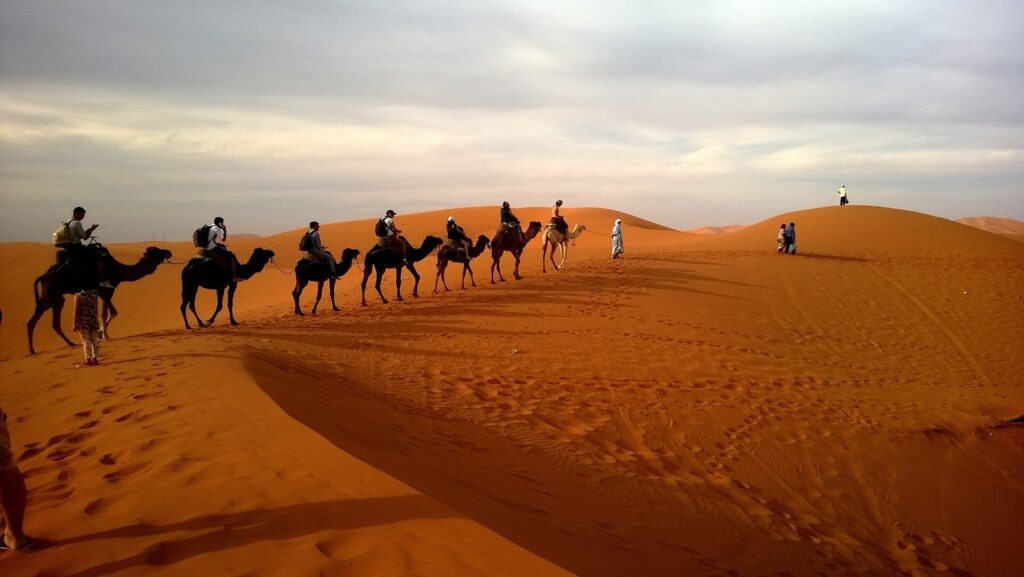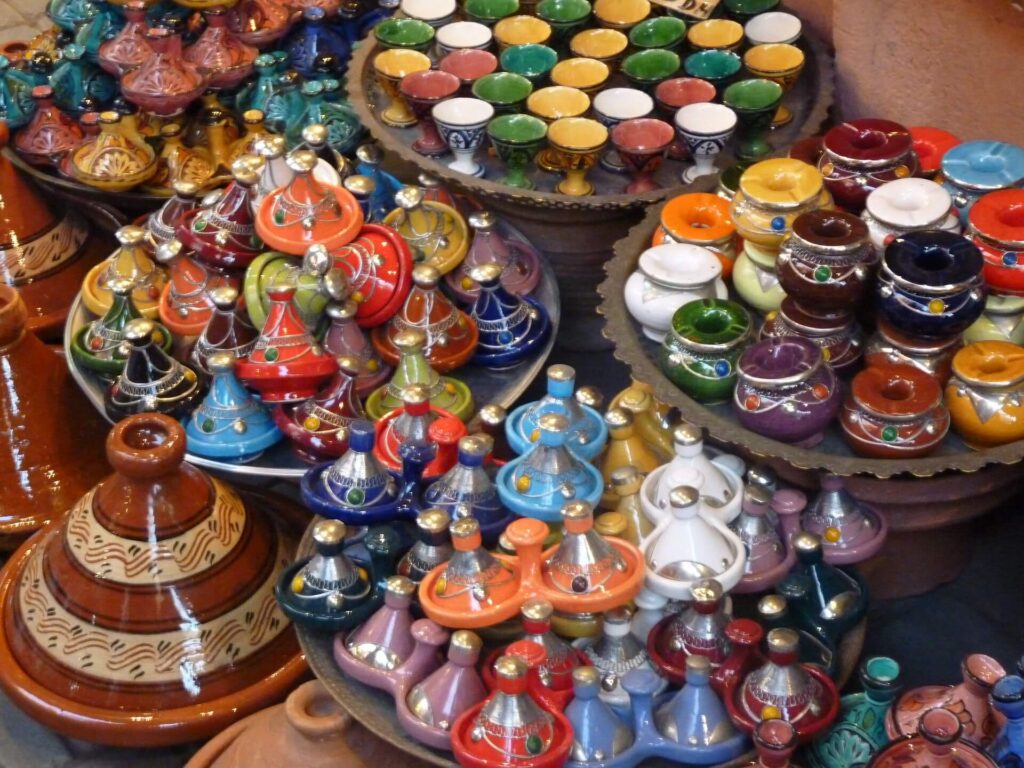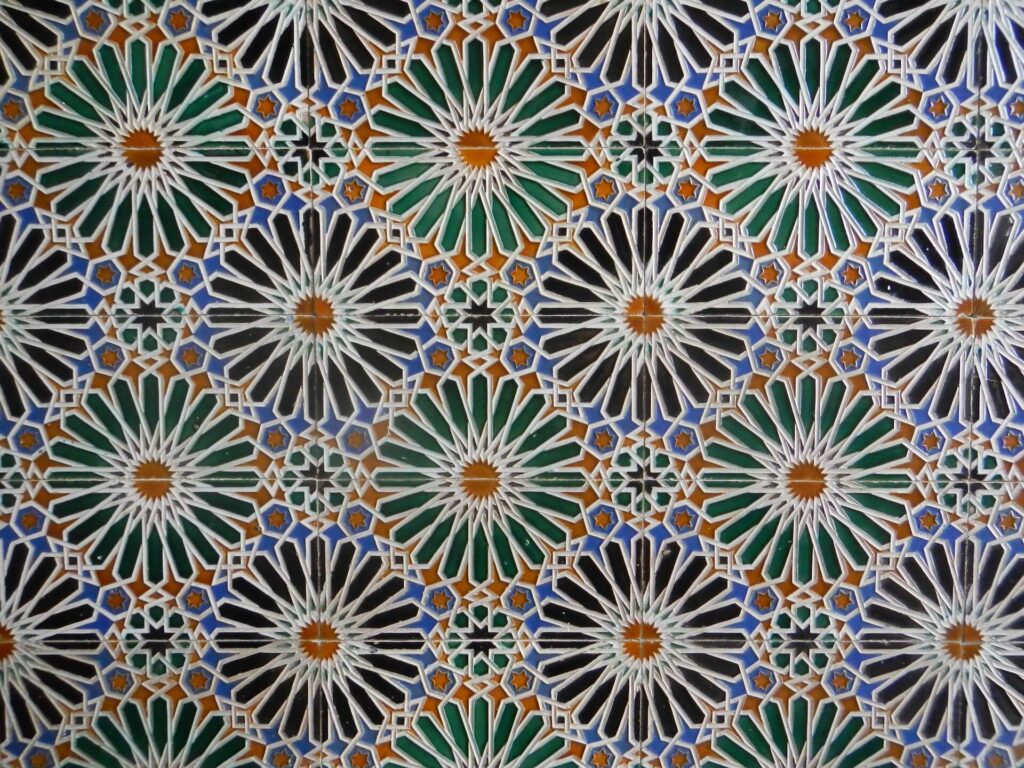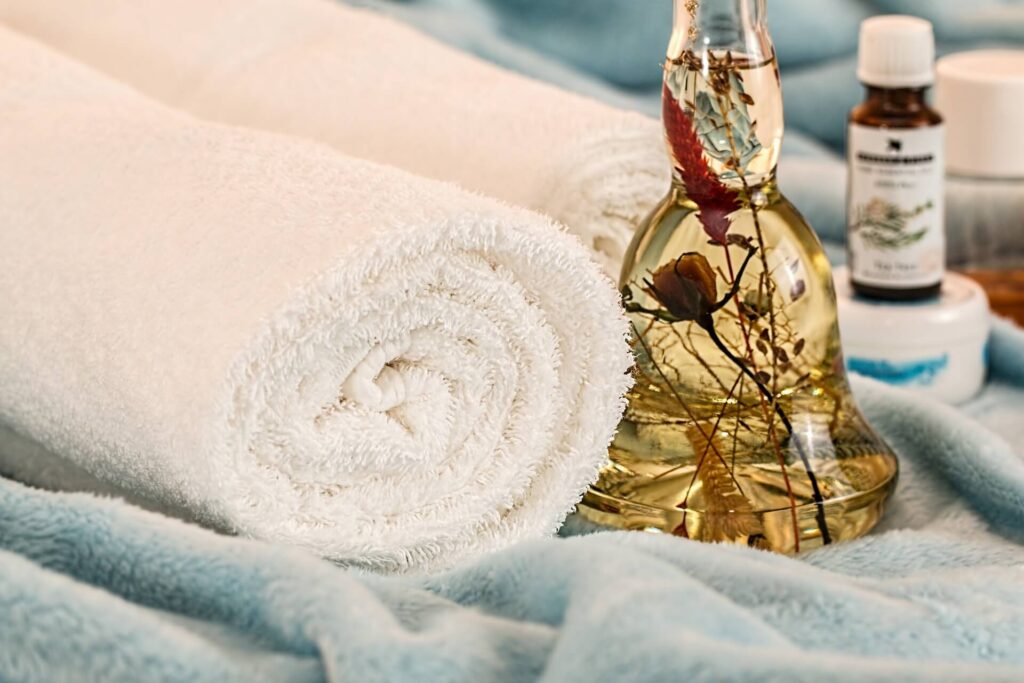Are you starting to pack for your Morocco holiday? Want to make sure you don’t miss any of the once-in-a-lifetime experiences this spectacular country has to offer?
At Wild N Happy, our Morocco tours provide travelers with the opportunity to venture out of the tourist bubble and explore the secrets of Morocco’s rich culture and spectacular landscapes.
Looking for the best places to surf? Wondering how to pack for the desert? Keep scrolling for our top advice and insights to help you plan your trip.
For more information about planning your adventure holiday, please feel free to get in touch.
1. Surf Morocco — some of the best waves in the world
Morocco’s varied coastline offers surfing opportunities for everyone — from complete beginners to professionals. The country benefits from consistent swells from the Atlantic, making it a highly popular surfing destination.
The best time for surfing is during the winter (October-April), but beginners may prefer to visit in summer, when the waves are smaller, although still reliable. Surfers can take time out in the country’s picturesque fishing villages and sandy beaches.
Public transport is good between cities in Morocco, but if you want to explore the coastline, you will need to hire a car or join one of our tours. Our 8 day tour of Morocco’s Wild South includes a stay in the surfer’s paradise of Essaouira.
2. How to ride a camel in the Sahara
Camel riding is very popular in Morocco’s Sahara desert. You don’t need any experience to ride a camel, but make sure you follow your guide and seek reassurance if you feel nervous.
Approach the camel from the front and let it smell and see you before climbing on. Camels will lean forwards to stand up, so make sure you sit back and secure your feet firmly in the stirrups. Be prepared for a bumpy, but gentle ride, as you experience an age-old human tradition.
When visiting the desert, don’t miss the secluded Chegaga sand dunes, which can reach up to 300 meters in height. Our 14 day Morocco tour includes a camel ride and a campfire under the majestic desert sky.
Make sure you pack plenty of water and purification tablets if venturing into the desert. Did you know that Morocco is home to North Africa’s largest fog harvester, where drinking water for local communities is being produced from the clouds?

3. Savor a tagine in Morocco
A tagine is a traditional Moroccan dish and also the name for the distinctive pot it is cooked in. Meat, fish or vegetables are cooked slowly with spices such as cumin, ginger, turmeric, cinnamon and saffron. Vegans and carnivores alike are catered for in this national dish.
The lid of the earthenware tagine pot is cone-shaped to allow condensation to be retained by the cooking food. This design allows a minimal amount of water to be used, for when supplies are limited.
Tajine is traditionally cooked over hot charcoal, although if you are feeling nostalgic after your trip, you can try and replicate it at home in a slow cooker!

4. Climb Jebel Toubkal, the highest mountain in North Africa
Jebel Toubkal is located in the Toubkal National Park of the High Atlas Mountains. It has an elevation of 4,167 meters (13,671 feet) and offers spectacular views of the Sahara desert.
Climbing this peak requires a good level of fitness and it is advisable to acclimatize yourself to the altitude by spending a few days in Marrakech or another lower altitude location. There is no need to pack climbing gear, however, as everything can be hired locally.
Jebel Toubkal is home to many nomadic communities who migrate between the mountains with herds of sheep, goats and camels. Learn more about the rich culture of these communities by joining a nomadic family for tea on our 8 day tour of Morocco’s Wild South
5. Prepare for beautiful Amazigh art and architecture
Alongside the spectacular natural landscapes, you can appreciate Morocco’s mesmerizing art, crafts and architecture just by walking through Marrakech.
Islamic art challenges artists to avoid direct representations of people or animals, and the result is a feast for the eyes. Overlapping squares and circles produce complex geometrical patterns that have inspired artists across the world.
Spot the radiating star patterns in Zellij tilework which you will see on walls, floors, pillars and fountains. For a really special insight into the traditional Berber or Amazigh architecture, pay a trip to the fortified village of Ait Behnaddou, a UNESCO World Heritage Site.

6. Wear lightweight layers when traveling in Morocco
Morocco’s temperatures can range up to 122°F (50°C) in the desert in summer, and drop to below freezing during winter in the desert and mountains. Lightweight, full length pants and tops that cover the shoulders are best for sun protection and to respect local culture.
Shorts are not ideal, as they are considered to be underwear for both men and women in some rural regions. A light headscarf may be useful for women when visiting mosques, but it’s also a good idea for anyone visiting the desert to protect them from sun and sand.
Wear casual dress, rather than hiking clothing when walking around cities to avoid standing out, and take your dress cues from the locals.
7. Pack the essentials for Morocco
While you will want to keep your bags light for your adventure holiday, some basic essentials will come in handy for venturing off the beaten track. Sunscreen, insect repellent and sanitary products may be expensive or difficult to buy in some places.
Antibacterial wipes and hand sanitiser will also help you to navigate Morocco’s squat toilets, which actually look much nicer than you imagine, but take some getting used to!
8. Discover relaxation with Moroccan roses
Roses have both cultural and economic significance in Morocco. The Valley of the Roses is a lesser known trek in the southern foothills of the Atlas Mountains included in several of our Wild N Happy tours. If you visit during the rose harvest in May, you will catch the Festival of Roses, with competitions, food and dancing.
The pink walls of Marrakech and many rose gardens have led to it being known as the “rose among palms”. Enjoy sitting among the locals at the Jnane el Harti rose garden, or sampling dishes flavored with rose harissa: a blend of rose petals, smoked paprika and roasted red peppers.
After a long hike, look out for a hammam, which is the Arabic word for bathroom, but also the name of a traditional spa treatment involving massage, hot steam, argan oil and rose-water.

The fashion designer Yves Saint Laurent found that one morning in Marrakech decided his destiny, while looking up at the foothills of the Atlas Mountains. We at Wild N Happy agree that visiting Morocco can be a life-changing experience.
We hope these tips have helped you plan your next adventure, and if you are still looking for ideas, browse our range of tours in Morocco or get in touch with any questions you might have.
